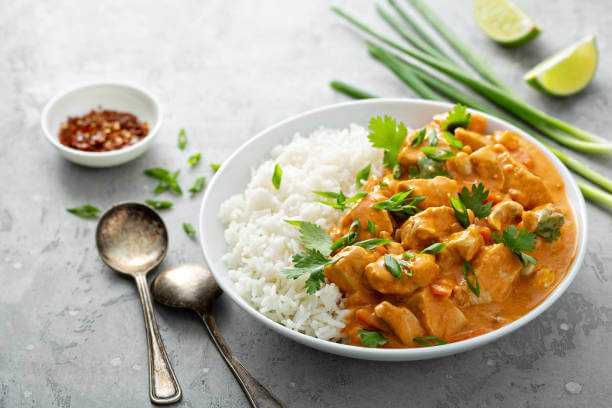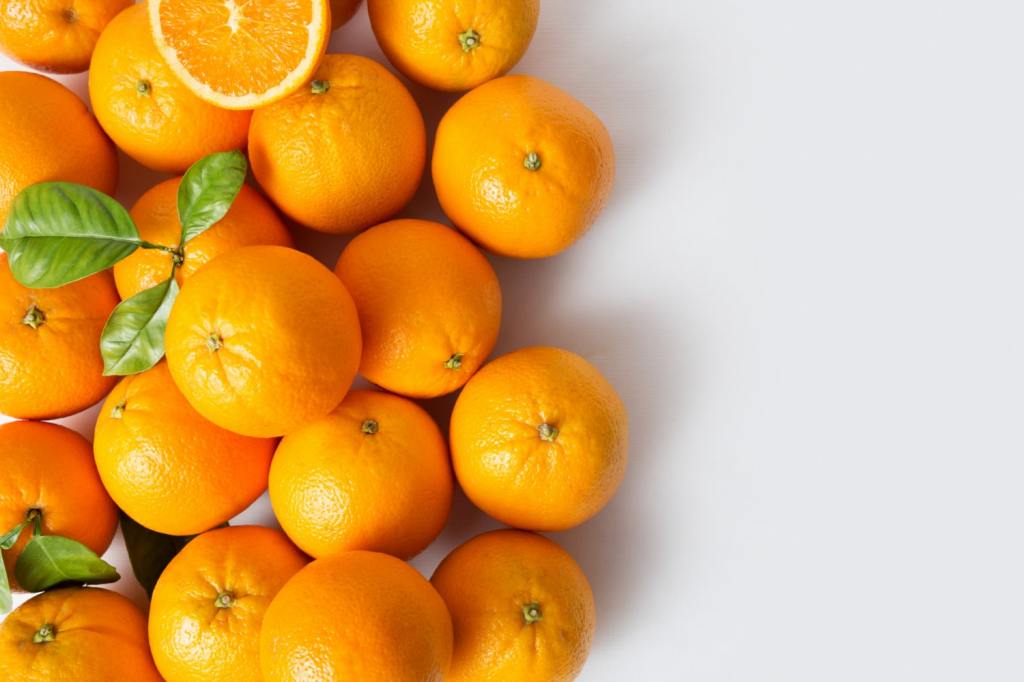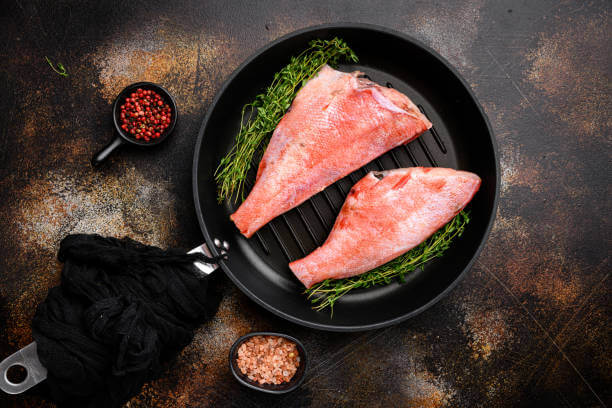
When it comes to the culinary traditions of Africa and the Caribbean, there’s a rich tapestry of flavours and cooking techniques that make these cuisines truly unique. From the spicy flavours of West African dishes to the bold and vibrant taste of Caribbean fare, there’s something for everyone to enjoy.
One of the key factors that define the authenticity and flavours of these cuisines is the importance of ingredients. From the use of traditional spices like berbere and harissa in African cooking, to the use of ingredients like plantains and ackee in Caribbean dishes, the choice of ingredients plays a crucial role in creating the distinct flavours and textures that make these cuisines so special.
Understanding the significance of ingredients and how they contribute to the overall taste and authenticity of African and Caribbean dishes is essential for anyone looking to truly appreciate and enjoy these culinary traditions.

Plantains
Plantains are truly the MVP of African and Caribbean cooking, thanks to their incredible versatility. Whether they’re fried, boiled, or mashed, this beloved fruit adds a unique flavour and texture to countless dishes.
In African cuisine, fried plantains are popularly enjoyed as a side dish or snack. The ripe plantains are sliced and fried until golden brown, resulting in a sweet and caramelised flavour that pairs perfectly with savoury main courses. Boiled plantains, on the other hand, are often used in stews and soups, adding a hearty and starchy element to the dish.
Caribbean cuisine also showcases the diversity of plantains in traditional dishes. One classic example is “tostones” or “patacones,” which are twice-fried green plantains that are served as a crispy and addictive snack. Mashed plantains, known as “fufu” in some Caribbean countries, are a staple accompaniment to savoury dishes, offering a creamy and comforting contrast to spicy meats and sauces.
Whether they’re starring in savoury stews, crispy snacks, or comforting sides, plantains continue to demonstrate their culinary prowess in African and Caribbean cooking. Their ability to adapt to different cooking methods and flavour profiles makes them an essential ingredient in these vibrant and flavourful cuisines.

Cassava
Cassava, also known as yuca, manioc, or mandioca, holds a significant place as a staple root vegetable in various cuisines around the world. This starchy tuber is a versatile ingredient that is loved for its culinary uses and nutritional value. In African and South American cuisines, cassava plays a vital role in traditional dishes, showcasing its importance and versatility.
In African cuisine, cassava is used to make fufu, a staple food in many countries, including Nigeria, Ghana, and Cameroon. Fufu is a dough-like dish made by boiling and pounding cassava roots into a smooth, elastic texture, which is then served with soups, stews, or sauces. Additionally, cassava is used to make garri, a popular fermented food product that can be eaten as a snack or used as a main ingredient in dishes such as eba or as a cereal with milk. These dishes highlight the significance of cassava as a source of carbohydrates and energy in African cuisine.
In South American cuisine, cassava is used in various dishes such as cassava bread, empanadas, and cassava fries. Cassava is also transformed into tapioca pearls, which are used in desserts and bubble tea. The nutritional value of cassava lies in its high carbohydrate content and a good source of energy. While it may not be as rich in protein as other root vegetables, it provides essential nutrients such as vitamin C, manganese, and folate, making it a valuable dietary component.

Scotch Bonnet Peppers
Scotch Bonnet peppers are a powerhouse of heat and flavour that can take a dish from mild to wild with just a few dashes. These peppers bring a vibrant spiciness that is balanced with fruity and slightly sweet notes, making them a favourite in Caribbean and West African cuisines.
When added to dishes, Scotch Bonnet peppers not only contribute intense heat but also infuse a deep, complex flavour that elevates the overall taste experience. Whether used in jerk chicken, hot sauces, or soups, these peppers bring a unique heat and depth that can’t be replicated with any other ingredient.
Their heat level, which ranges from 100,000 to 350,000 Scoville heat units, is not for the faint of heart, but for those who savour spicy dishes, the Scotch Bonnet pepper is a must-have in the kitchen. Its ability to provide both heat and flavour makes it a versatile ingredient that can be used to spice up everything from marinades to salsas.

Palm Oil
Palm oil is a staple cooking oil in many African and Caribbean dishes, prized for its rich, distinctive taste and vibrant red colour. It adds a unique depth of flavour to everything from stews and soups to rice and fried plantains. The use of palm oil in these cuisines dates back centuries, with its historical and cultural significance deeply embedded in traditional cooking practices.
In addition to its delicious flavour, palm oil is also an important source of nutrients and energy in these regions. It’s rich in vitamin E and carotenoids, which are beneficial for maintaining good health. Its versatility in cooking, as well as its nutritional value, has made it an integral part of the culinary heritage of African and Caribbean communities.

The process of extracting palm oil from the fruit of the oil palm tree is often communal, with families and communities coming together to harvest and produce the oil. This communal aspect of palm oil production further contributes to its cultural significance, as it often involves traditions, songs, and stories that have been passed down through generations.
Ackee
Ackee is a pear-shaped fruit that is a staple in Jamaica and is known for its creamy texture and buttery flavour. When properly prepared, ackee becomes the star ingredient in the famous Jamaican dish, ackee and saltfish.
Now, before you go diving into a pot of ackee, there are a few things you should know. Ackee contains toxins that, if not handled and prepared properly, can be harmful. The unripe fruit contains hypoglycin, which can cause serious health issues if consumed. That’s why it’s crucial to wait until the ackee pods naturally open up before harvesting them. Once harvested, the fruit needs to be boiled and drained to remove any toxins before it can be cooked and enjoyed safely.

Allspice
You see, allspice is like a one-stop shop for flavour. It’s got this awesome mix of cinnamon, nutmeg, and cloves all rolled into one little berry.
When it comes to seasoning, allspice adds this warm, earthy flavour with a hint of sweetness. It’s perfect for rubbing on meat before grilling or sprinkling into a stew for that extra kick. And let’s not forget about marinades – throw in some allspice with some lime juice, garlic, and a bit of oil, and you’ve got a marinade that’s perfect for chicken or pork.
But here’s where it gets really interesting – allspice plays a huge role in creating the signature taste of Caribbean and African dishes. Think Jamaican jerk chicken or Trinidadian curry – that rich, complex flavour comes from the allspice. It’s like the secret ingredient that takes these dishes to a whole new level.

Yams
Yams are a staple food in many African and Caribbean cultures, and they play a crucial role in traditional diets. These root vegetables are packed with nutrients and are incredibly versatile in the kitchen.
In these regions, yams are used in a variety of traditional dishes and are prepared in numerous ways. One popular method is to boil or steam yams until they are tender, and then serve them alongside stews, grilled meats, or other dishes. Yams are also commonly mashed or pureed and mixed with spices and other ingredients to create flavourful side dishes.
Another traditional way to prepare yams is by roasting or frying them. This method brings out their natural sweetness and creates a delicious crispy texture. In some cultures, yams are even ground into flour and used to make breads, pancakes, and other baked goods.
Yams are valued for their versatility and ability to provide sustenance in a variety of forms. They are a beloved part of African and Caribbean cuisines and are deeply rooted in the culinary traditions of these regions. Whether they are boiled, roasted, mashed, or ground into flour, yams are a beloved and essential part of everyday meals and special occasions alike.

Dried Fish
Dried fish has been a game-changer in the culinary world, adding a punch of savoury umami and depth of flavour to dishes that need that extra oomph.
When you toss a piece of dried fish into a simmering pot of stew, the flavours infuse into the broth, creating a rich and robust taste that’s hard to achieve with any other ingredient. It’s like a secret weapon for adding complexity and earthiness to your cooking. Plus, it’s super versatile, pairing well with a wide range of ingredients and cuisines.
Adding dried fish to your dishes is like unlocking a whole new dimension of flavour. Whether you’re making a cozy seafood chowder, a hearty beef stew, or a fragrant curry, this little ingredient can work wonders. So next time you’re looking to elevate your cooking game, don’t underestimate the power of dried fish – it might just become your new kitchen staple

Garri (Cassava Flour)
Garri or Gari, a staple in West African cuisine, holds a special place in the hearts and stomachs of many. Its versatility knows no bounds, as it can be used in a variety of dishes. Whether it’s steamed to make a fluffy and delectable side dish, sprinkled over porridges for added texture and flavour, or added as a thickening agent to soups and stews, gari is truly the unsung hero of African cooking.
The beauty of gari lies in its ability to effortlessly elevate a meal. Its slightly tangy flavour and satisfying crunch make it a favourite among many. From the bustling streets of Lagos to the serene villages of Ghana, gari is a beloved ingredient that unites people across the region.No matter how it’s used, gari adds a touch of authenticity and tradition to any dish it graces. It’s no wonder that this humble ingredient has stood the test of time and remains an essential part of West African culinary heritage.

Coconut Milk
Coconut milk plays a vital role in both African and Caribbean cooking, adding richness and flavour to a wide range of dishes. Its creamy texture and subtle sweetness make it a versatile ingredient, used in everything from savoury stews and curries to indulgent desserts.
In African cuisine, coconut milk is often used in savoury dishes such as West African peanut stew, where it adds a luxurious creaminess and balances out the bold flavours of spices and groundnuts. In Caribbean cooking, it’s a key component in classic dishes like Jamaican curries and Trinidadian callaloo, infusing them with a distinct tropical taste.
Beyond savoury dishes, coconut milk is also a star player in sweet treats like coconut rice pudding and Caribbean coconut tarts. Its natural sweetness and velvety texture elevate these desserts, making them irresistible to anyone with a sweet tooth.
With its ability to effortlessly enhance both sweet and savoury dishes, it’s no wonder that coconut milk has secured its place as a beloved ingredient in African and Caribbean cuisines.

Conclusion
Now that we’ve covered these essential ingredients, it’s time to encourage you to use them in your cooking adventures for a taste of authentic flavours. Whether you’re a seasoned home cook or new to the kitchen, experimenting with these ingredients will elevate your dishes to a whole new level.
So, don’t be afraid to get creative and infuse your meals with the vibrant and diverse flavours of African and Caribbean cuisine. Happy cooking!





Leave a comment